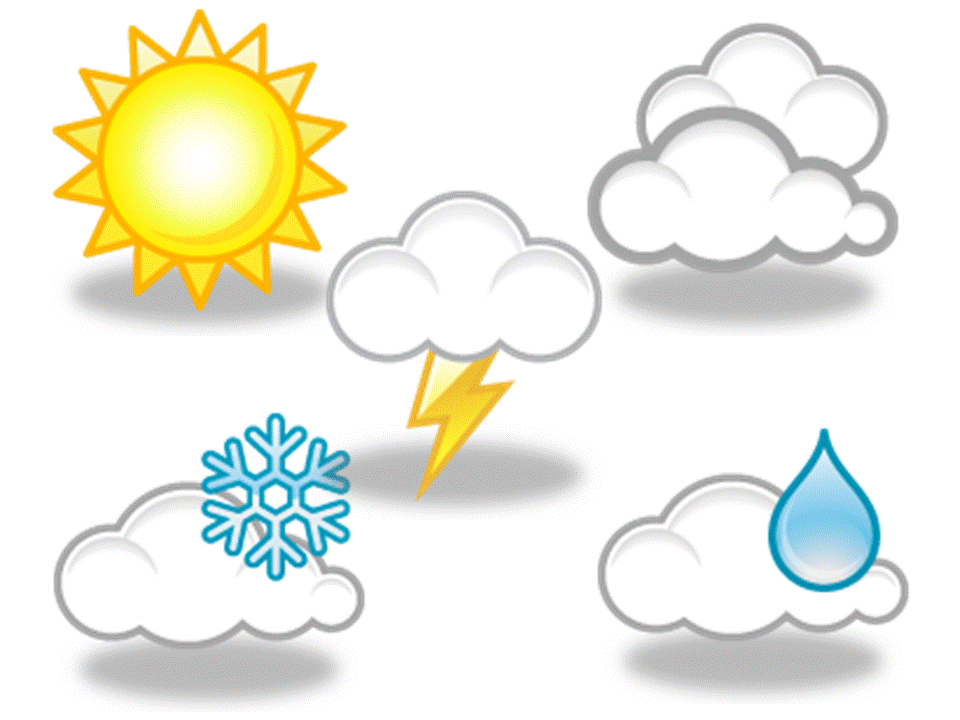And it might not be for the reason you think

Households that spend everything they earn each month whats known as living paycheck to paycheck have never been uncommon. But these days, they are a lot more common.
A study by the Bank of America Institute shows around 25% of all U.S. households fall into this camp, a significant increase from 2019. Naturally, lower-income households are more likely to struggle financially, but even some higher-income households appear to be spending nearly all they earn.
Why the increase? The study is based on an analysis of Bank of America's internal data to estimate the share of households with a high proportion of necessity spending, such as housing, food and childcare, relative to their total household income.
Because of inflation, those fixed costs are higher than they were five years ago. It doesnt necessarily mean these households have increased their spending it could mean they are simply trying to keep pace with rising costs if their income has not increased during that time.
Higher necessity spending
This is not a minor point, since a reduction in discretionary spending would provide a household with some savings. But the study found that paycheck to paycheck households have significantly higher necessity spending than others, and somewhat lower incomes. Many of these spending pressures are likely unavoidable, as they relate to family and housing costs.
The study analyzed a sample of households that appear to have their primary banking relationship with Bank of America so it was fairly easy to get a grasp on their spending. The study then analyzed how these households necessity spending compared to their income.
By focusing on necessities, we aim to narrow our analysis to households that have to live paycheck to paycheck, rather than those households that spend a lot on discretionary/nice to have things, the authors said. We consider a fairly broad measure of necessity spending, covering areas such as gasoline, food and utility bills, as well as general retailers, internet service provider subscriptions, public transportation and childcare.
The central estimate of the proportion of households living paycheck to paycheck is based on the proportion of households where necessity spending is more than 95% of their household income, leaving them relatively little left over for discretionary spending or saving.
Takeaways
One major takeaway is that a growing number of consumers are financially stressed. As you might expect, lower-income households are more likely to live paycheck to paycheck. Based on Bank of America internal data, around 35% of households with incomes below $50,000 a year are living paycheck to paycheck, up from 32% in 2019.
But more surprising is the proportion of households appearing to live paycheck to paycheck falls only slowly as incomes rise. For example, around 20% of households with incomes above $150,000 also appear to be living paycheck to paycheck.
The authors suggest that higher-income households may have bought larger, more expensive, homes and consequently have bigger mortgages. Household costs, such as insurance and maintenance not to mention property taxes are also higher.
Breaking away from a paycheck-to-paycheck lifestyle can be done, but it is much harder when its not discretionary spending thats causing it. When necessity spending is taking all of a household's money each month, there arent many pleasant options.
Photo Credit: Consumer Affairs News Department Images
Posted: 2024-10-29 01:43:18



















